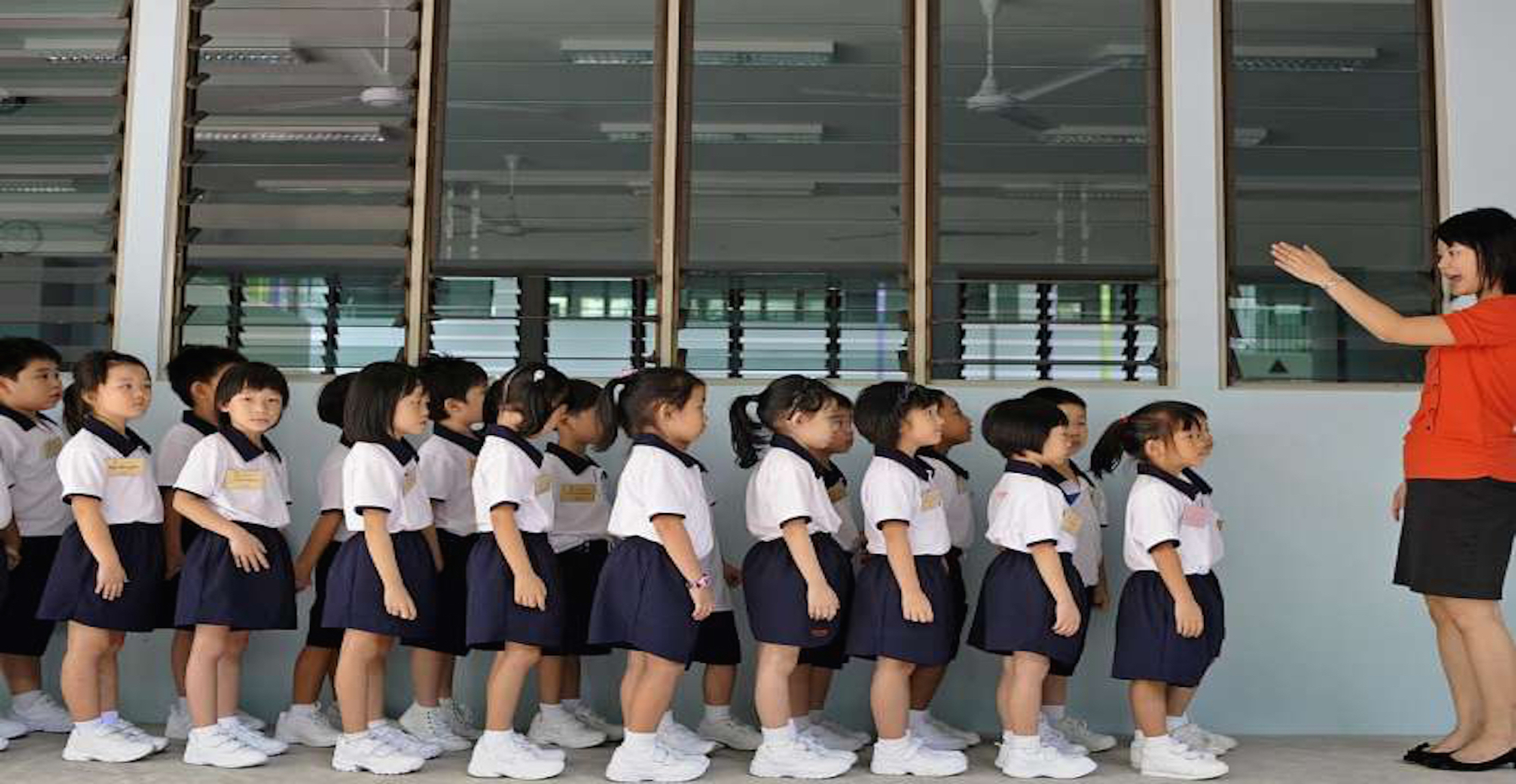Education policy in Singapore has attracted much attention of late. In the recent parliamentary speeches, Ms Denise Phua (MP, Jalan Besar GRC) commented on how the Direct Admission System disproportionally benefits wealthy families. Mr Png Eng Huat (MP, Hougang) also expressed worries about the billion-dollar tuition culture.
A good primary education is perceived to be essential for upward mobility, but the growing disparity in school quality corrupts other meritocratic policies. The Ministry of Education (MOE) has attempted to address the inequality through its “Every School a Good School” policy to encourage students to pursue interests outside the prescribed curriculum. But since primary school students are still assessed solely by their performance in the Primary School Leaving Examination, perhaps a more important question is: how can we make every school an accessible school?
In this study by Pu Liang of Carnegie Mellon University and Deepak Warrier of New York University,” the authors find that those who seek a “higher quality” education have to contend with paying a huge cost: higher housing prices.
Primary school admission policies come in different phases. The highest priority is given to applicants with blood ties to a school (Phases 1 and 2A). The remaining places go to other applicants in Phases 2B and 2C, with priority given to those who live closest to the school. Without alumni or blood tie connections, the only way to get into an elite school is by moving close to the school. Liang and Warrier found that in order to move within one kilometer of a school ranked 50 places higher, a typical family has to pay a premium of 131,000 Singapore Dollars. This premium costs about 30% more than the average household income, massively pricing out households hoping to send their children to higher-ranked schools.
Not only does one have to pay more to get into a ‘good’ school, Liang and Warrier also discover massive inequalities in Phase 1 and 2A admissions. Grouping housing prices by Clusters, they find that these better schools in more expensive neighborhoods already have a higher Take-Up Rate (TUR, which is the spaces taken up by the end of 2A). In schools like Nanyang Primary School, children of alumni, management, and staff take up 90% of available seats, severely reducing the enrollment chances of people with no connections to the school. This accentuates the privilege of elites in propping up the futures of their children, undermining meritocracy while marching steadily towards ‘parentocracy’.
| Lowest TUR | Average TUR | Highest TUR | SD | |
| Cluster 1 | 21.0 (Angsana Primary) | 61.1 | 90.0 (Nanyang Primary) | 19.3 |
| Cluster 2 | 0.0 (several) | 45.9 | 85.0 (Tao Nan Primary) | 19.2 |
| Cluster 3 | 0.0 (Hong Kah Primary) | 42.0 | 88.0 (Ai Tong) | 15.3 |
Liang and Warrier do not argue that good schools drive up home prices—indeed, they cite studies such as Wong (2011) who found that school quality drives up home prices by only 1.8%. Rather, they find that the inaccessibility of high-quality schools demands a public policy solution. The best schools are often, usually due to historical reasons, concentrated in expensive neighborhoods. On the other hand, lower-ranked schools are often scattered across public housing estates. Dispersing elite schools into less expensive neighborhoods can improve access of less well-connected families to better schools.
Similarly, the ministry can revisit the criteria of Phases 2A and 2B. Nominally elite schools will continue to exist, but preferential treatment given to applicants with wealth and connections can be reduced. The MOE argues that alumni and community “help build up and strengthen the school’s tradition and ethos, and support its students” (Lim, 2009), but these policies are likely to further perpetuate inequality between schools: the minority of elite, brand-name institutions can benefit from these stakeholders in ways that the large majority of new, nondescript, ‘neighborhood’ primary schools cannot. Giving priority to special groups in Phase 2A (children of alumni, management, and staff, and siblings of alumni) and 2B (children of school volunteers, ‘active community leaders’, and members of affiliated churches and Chinese clans) is both unfair and anachronistic. It allows parents to directly transfer privilege and opportunity to their children.
Ostensibly, a key reason behind holding up meritocracy as a key pillar in Singapore’s policy-making is upward mobility. Restricting elite primary school admission to elites and making households without connections pay to relocate in order to get preferential admission is unmeritocratic and inequitable.
As Ms Phua asserted, “It is hard to cultivate or inculcate a love for learning when all that matters to the majority is the score from a series of high-stakes exams.” Considering the focus on grades – and the schools to which ones goes – as the fundamental tools and markers of social mobility, it is difficult to see how the majority’s views can change. Cultivating or inculcating the love for learning should nevertheless come from upholding a system that gives everyone a fair chance. Ultimately, what needs to be considered is how to ensure students get what their parents consider to be the best shot at achieving excellence on their own terms.
Pu Liang and Deepak Warrier, “Every School An Accessible School? Property Prices and Priority Admission to Singapore’s Primary Schools”, Singapore Policy Journal Spring 2016. Access the paper here
Featured image: The Straits Times
